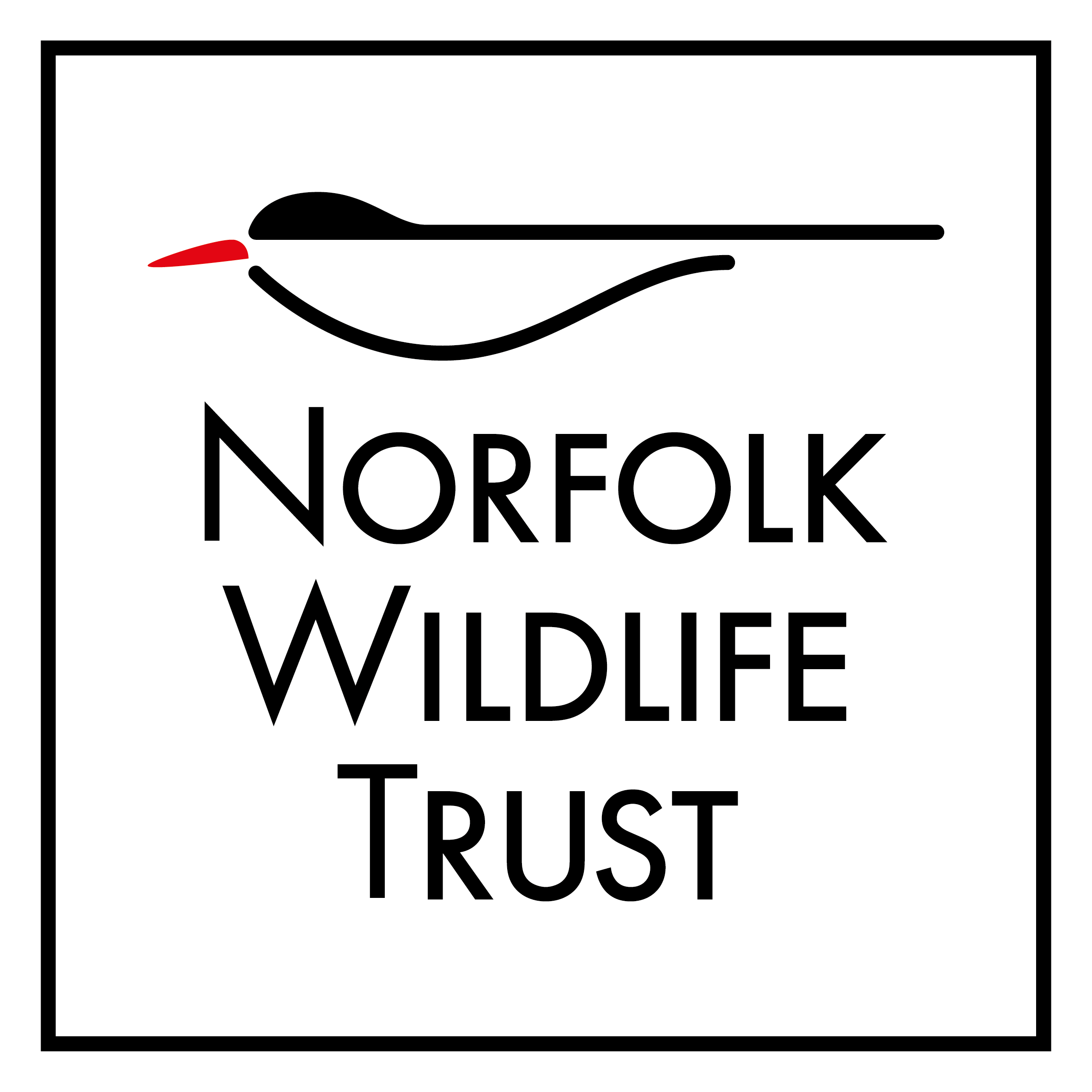Search
Search
Family events
Cley Calling
Common evening-primrose
An introduced species, Common evening-primrose is now naturalised on waste ground, roadside verges and railway cuttings. It has long been used to produce the herbal remedy, evening-primrose oil.…
Water avens
Look for Water avens in damp habitats, such as riversides, wet woodlands and wet meadows. It has nodding, purple-and-orange flowers that hang on delicate, purple stems.
Wildlife Watch - Tracks and trails (Family event)
Join our Children's Wildlife Watch event this winter for some wild detective work - spotting animal tracks and clues at NWT Hickling Broad!
Water mint
Water mint grows in damp places and has aromatic leaves that can be used to flavour food and drink. Gathering wild food can be fun, but it's best to do it with an expert - come to a Wildlife…
Come and discover Sweet Briar Marshes!
We're delighted to be opening our new Norwich nature reserve this weekend and holding a series of free events.
Wildlife Watch - Pony checks (Family event)
Join the warden on this children's Wildlife Watch event and learn all about the ponies that live on site and how they help conservation.
Water spider
There are several species of spider that live in our wetlands, but the water spider is the only one that spends its life under the water. In its pond habitats, it looks silvery because of the air…
Water scorpion
The water scorpion is not a true scorpion, but it certainly looks like one! An underwater predator, it uses its front pincer-like legs to catch its prey. Its tail actually acts as a kind of '…
Water shrew
The large, dark grey water shrew lives mostly in wetland habitats. It's a good swimmer that hunts for aquatic insects and burrows into the banks.
